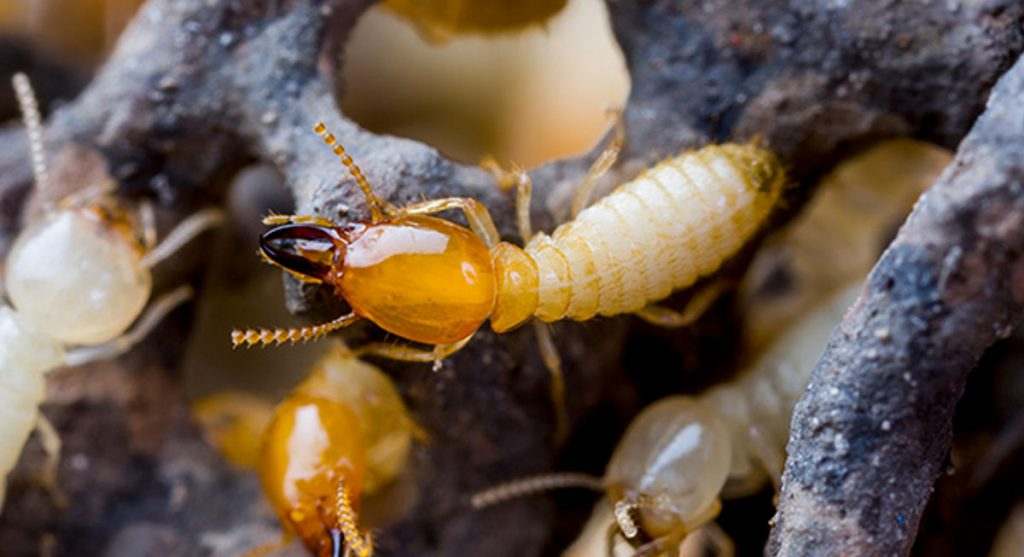Types of pests that can harm crops and how can you destroy them
Various types of pests can pose a significant
threat to crops, causing damage and reducing yields if left uncontrolled. To
protect crops from pest infestations, farmers and agricultural professionals
employ a range of pest management strategies. Here are some common types of
crop pests and methods to control and destroy them:
1.
Insects:
Insects are among the most common crop pests.
They include aphids, beetles, caterpillars, thrips, and mites.
Control Methods: Insecticides, biological
control (using natural predators or parasites), crop rotation, planting
pest-resistant varieties, and employing physical barriers like insect nets.
2.
Weeds:
Weeds are unwanted plants that compete with
crops for nutrients, water, and sunlight.
Control Methods: Herbicides, mechanical methods
(such as plowing or hoeing), mulching, and integrated weed management
(combining multiple strategies). You can also connect with pest control Wallacia
3.
Fungi:
Fungal pathogens, such as rusts, mildews, and
blights, can infect crop plants and cause diseases.
Control Methods: Fungicides, resistant crop
varieties, proper irrigation practices, and maintaining good air circulation to
reduce humidity.
4.
Bacteria:
Bacterial pathogens can harm crops, leading to
diseases like bacterial wilt or soft rot.
Control Methods: Antibiotics (in some cases),
copper-based compounds, crop rotation, and sanitation practices to prevent bacterial
spread.
5.
Nematodes:
Plant-parasitic nematodes are microscopic
roundworms that feed on plant roots and can cause stunted growth and reduced
yields.
Control Methods: Nematicides (chemical
treatments), crop rotation with non-host crops, and soil solarization (using
solar heat to kill nematodes in the soil).
6.
Rodents:
Rodents, including rats and mice, can damage
crops by feeding on plants or digging up seeds.
Control Methods: Traps, baits, biological
control (using predators like owls or cats), and maintaining clean fields to
reduce shelter and food sources.
7.
Birds:
Birds like sparrows, starlings, and pigeons can
feed on crops like grains and fruits.
Control Methods: Scare devices (e.g., reflective
tape or scarecrows), netting or fencing, and using noisemakers or trained birds
of prey.
8.
Viruses:
Plant viruses are often transmitted by insect
vectors, such as aphids or leafhoppers, and can cause various diseases in
crops.
Control Methods: Eliminating infected plants,
controlling insect vectors, using virus-resistant plant varieties, and
employing cultural practices to reduce virus spread.
9.
Mammals:
Larger mammals like deer, rabbits, or wild hogs
can damage crops by grazing or trampling.
Control Methods: Fencing, repellents, hunting or
trapping (where legal), and habitat modification to deter animals from entering
fields or hire professional Pest Control Sydney.
10.
Slugs and Snails:
- Slugs and snails can feed on seedlings and the
leaves of various crops.
- Control Methods: Slug and snail baits, traps,
and cultural practices like removing debris and creating dry barriers to deter
them.
Integrated Pest Management (IPM) is a holistic
approach that combines multiple strategies, including biological, cultural,
chemical, and physical controls, to manage and mitigate pest problems while
minimizing environmental impacts and ensuring sustainable crop production.
Quality Pest Management & Solutions professionals often use a combination
of these methods to address specific pest challenges in their fields while
striving to maintain crop health and productivity.


Comments
Post a Comment